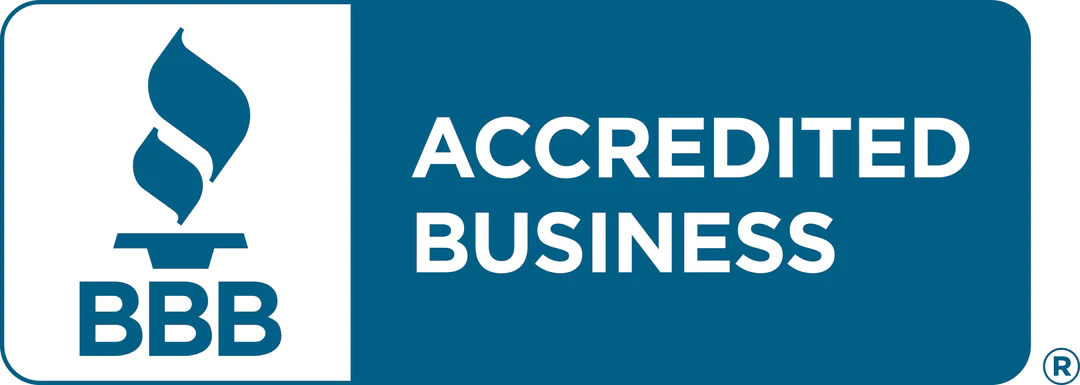College Admissions Tips and Guidance
Bridging the Gap: What You Need to Know About Gap Year

Explore Our Articles
Recent Posts
Popular Categories
Get In Touch
On Social
By Phone or Text
(617) 734-3700
By Mail or Email
1678 Beacon Street
Brookline, MA 02445
By Form
Educational Advocates
Our objective is to guide the family in finding options where the student will not only get admitted, but thrive and find success once on campus.
Bridging the Gap: What You Need to Know About Gap Year
For many students, going to college immediately after finishing high school seems like the obvious and expected thing to do. However, immediately jumping from high school to college is not always the best route for all students. For students who are feeling uncertain about college or just want time to have experiences outside of the classroom, a gap year might be the perfect solution. Taking a gap year between high school and college has been standard option in other countries, including Australia and Great Britain, and is gaining popularity in the United States.
Why Take a Gap Year?
Gap year participants begin college with a renewed sense of purpose as well as a better understanding of where their interests lie and what major or career they may want to pursue. As Holly Bull, the president of the Center for Interim Programs, noted in an article by Sarah D. Sparks, “Taking gap time can really save a lot of the floundering around that students do.”
In addition to expanding participants’ worldview, research indicates that taking a gap year can also increase their motivation to finish their degrees when they do attend college. In her article, Sparks cites two studies conducted by Andrew J. Martin, a researcher at the University of Sydney, which indicate that gap year participants in Australia had “higher motivation in college — in the form of ‘adaptive behavior’ such as planning, task management, and persistence — than did students who did not take a gap year.”
Is There a Negative Stigma with Taking a Gap Year?
One of the biggest concerns people have in regards to gap year is the fear that it signifies that the participants are somehow less motivated or less mature than their college-bound peers. However, this is definitely not the case. Students take a gap year for a variety of reasons, and some colleges encourage students to purse their interests in this way, including Princeton, which funds gap year experiences for 100 members of its incoming class.
This reception to gap year participation has a direct connection with the positive attributes students get from these programs. The maturity and focus that often come with taking a year off to travel, work, or do volunteer work benefit the colleges as well as the individuals. In fact, according to Time.com, Robert Clagett, the dean of admissions at Middlebury College found “that a single gap semester was the strongest predictor of academic success at his school.” In keeping with this idea, the college’s admissions site includes a gap year message for students.
What Are My Options If I Take a Gap Year?
Foreign travel is perhaps one of the most attractive options for gap year participants because many programs give them the opportunity to immerse themselves in a different culture. Students can spend a semester at sea through Seamester, which combines foreign travel with academic classes in subjects such as oceanography, marine biology, and scuba and sailing certification. Other programs, like i-to-i, let students choose whether they want to have a tour, which consists primarily of travelling around a country, or a volunteer experience, with an emphasis on community service. Thinking Beyond Borders, which offers a Global Gap Year and an Ecuador Gap Semester, gives students the chance to engage with a curriculum focused on studying global issues and how participants, as individuals, can enact change. In addition to seminar-based classes, Thinking Without Borders reinforces students’ knowledge through multiple home stays and structured mentoring. These programs are often the most costly options, with fees ranging from $1,300 for two weeks in Cambodia to $20,000 for 80 days at sea to $39,000 for a Global Gap Year. Limited financial aid may be available.
While some gap year programs can cost as much as a year in college, there are also very affordable (and even free) alternatives that students can pursue. World Wide Opportunities on Organic Farms (WWOOF) is a program where volunteers help hosts with agricultural chores in exchange for room and board with the host’s family. While WWOOF charges a small fee to help maintain the network, volunteers do not pay for their stay. The Student Conservation Agency (SCA) offers another reasonably-priced option for students who want to combine volunteerism with travel. Volunteers camp in backcountry and front country locations in the United States and work on conservation efforts.
For students who want to do community service closer to home, programs like City Year and AmeriCorps can offer a rewarding and affordable option. Both programs have locations throughout the United States, making it easy to find opportunities that are close to you. In addition programs that allow you to volunteer locally, AmeriCorps also has the National Civilian Community Corps, where participants live and work full-time at one of five campuses for 10 months and complete service projects in the regions. Another option is to check with local charities and affiliates to see if they have any long-term volunteer positions available.
Of course, you can always get an internship. Internships range from working in a corporation or a non-profit organization to volunteering for a political campaign, and they allow you to pursue your interests while gaining professional knowledge. Besides this on-the-job experience, an internship is also the perfect opportunity for you to decide whether a particular career (and major) is right for you.
For More Information:
The Gap-Year Advantage (Karl Haigler and Rae Nelson) has advice for parents who want to help their children explore their options and develop a gap-year strategy.
Taking Time Off (Colin Hall and Ron Lieber) contains profiles of students who had successful gap year experiences.








